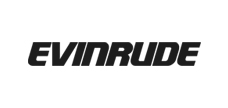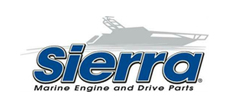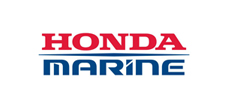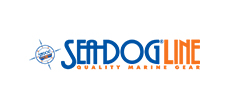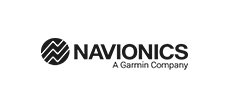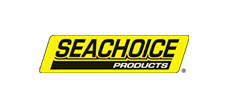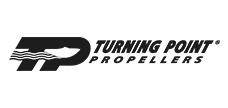Boat Electronics For Beginners

If your boat has aging or outdated electronics or you need to update a “new to you” boat that you’ve just purchased, the options out there can be overwhelming.
Whether you are a beginner boat owner that is just now getting involved with your own boat electronics purchases or looking to upgrade your current setup to prepare for your next trip on the water, we have put together a comprehensive guide to some of the most common boat electronics.
In the last decade or so, advances in technology have allowed boat manufacturers and electronics inventors to make smaller and more efficient boating electronics and devices. While not every boat needs to have all the bells and whistles that are available, many of these new devices make boating safer, more approachable, and more efficient.
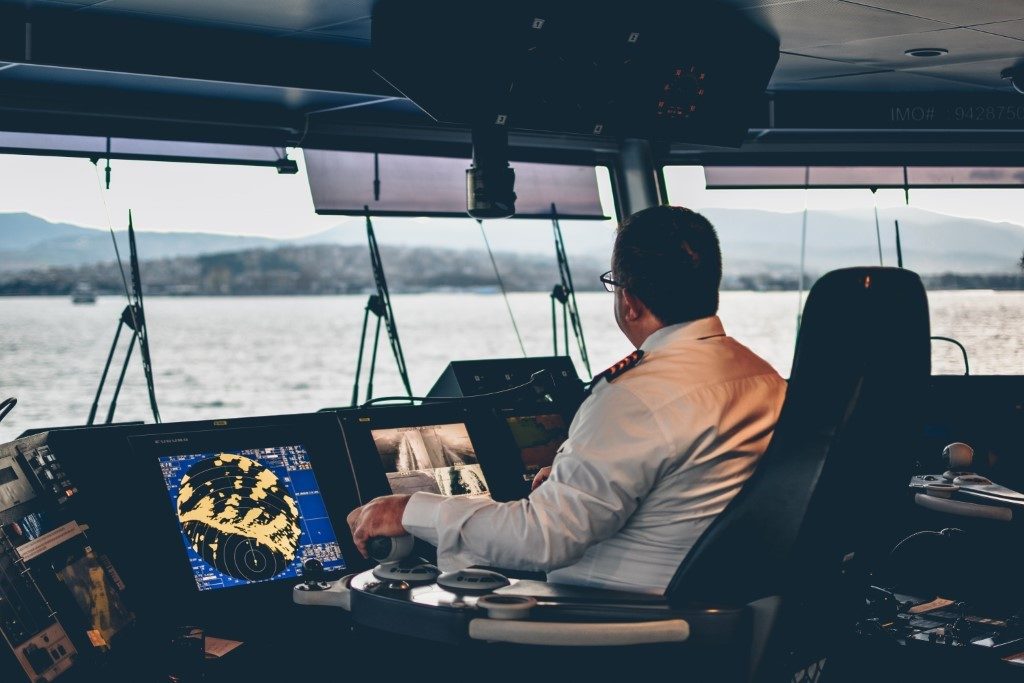
Electronics For Your Boat
The use of each electronic device will depend on the size, location, and use of your boat; however, many of them can be used on almost any vessel–such as AM/FM radios, Emergency signaling, and chart plotters.
Many of these items and electronics are interchangeable at different boating “levels” of knowledge and experience, depending on the type of boat you have and how you plan to use it. For example, an experienced boater may use several multifunction displays (MFD), while a beginner boater would only need a very basic chart plotter or MFD to get them started. For water sports enthusiasts and cruisers, a tricked-out stereo and entertainment system is a must, whereas an offshore angler may not place as much importance on keeping the tunes flowing.
Whether you’re an offshore angler, freshwater angler, have a family day boat, are a water sports enthusiast, or have a cruiser, we have an easy to understand list of the types of boat and marine electronics you’ll likely need for going out on the water.
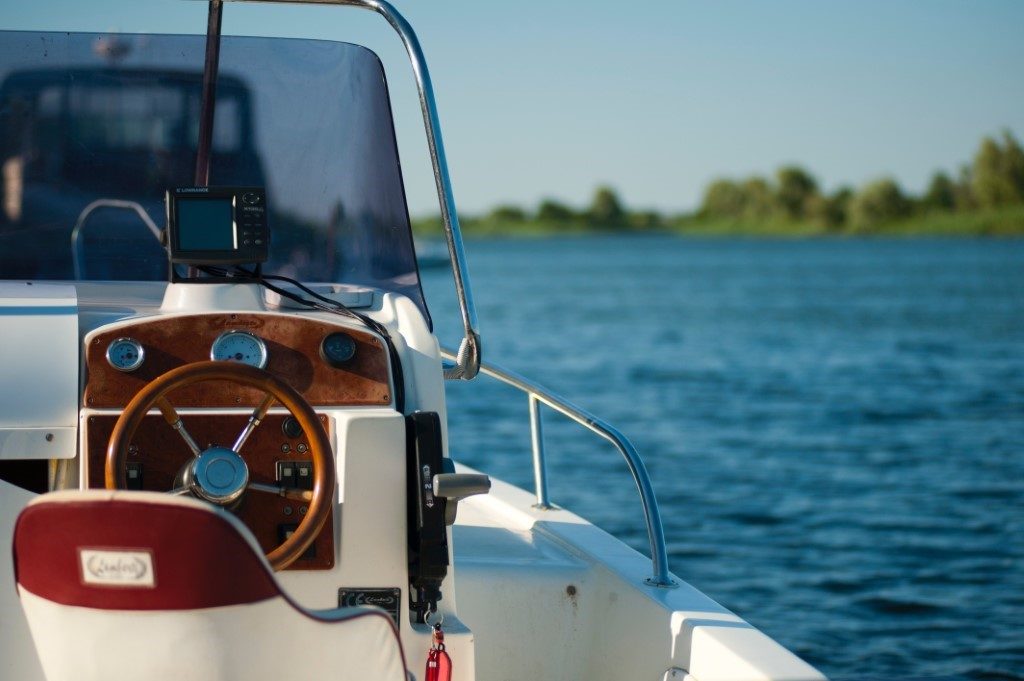
The Basics: For Boat Beginners
These items should be on the basic electronics list for the average boater and can help everyone onboard have a safe, fun time.
- VHF Radio–Marine VHF radio is a system of two-way radio transceivers that is used worldwide for ship to ship and ship to shore communication. It reaches 30-50 miles and is the primary way that boats communicate while on the water and is important for boat safety. Consider a handheld backup VHF radio for boating longer distances.
- Entertainment (AM/FM Radio, Music Player)–Even if you don’t feel the need for a TV onboard, most people will want some music or a way to play songs from their phone, iPod, or mp3 player.
- Chart Plotters–A chart plotter takes GPS information and plots it on a digital map. This device is a great way to navigate, especially on longer trips with no definite points of reference (such as offshore trips and blue water sailing). Consider using a handheld device for longer distances.
- Depth Sounders/Fish Finders–Depth sounders, as their name suggests, are used to tell you the depth of the water, which is useful in areas with rocks, hazards, and sharp drop-offs. Fish finders use sonar to locate fish and other solid objects underwater. There are also combination devices available to provide dual functions of each.
- Emergency Signaling Device–The two most common devices are Personal Locator Beacons (PLB) and Emergency Position Indicating Radio Beacon (also known as EPIRBs). PLB’s are registered to a person and EPIRBs are registered to a vessel. Both devices send a coded message on the 406 MHz distress frequency.
- GPS Speedometer–This device measures the speed of your boat and is helpful for keeping speed steady so that wakeboarders and water-skiers can hit the water at a safe and constant speed. These controls allow you to set the exact desired speed and change them in 1-mph increments.

The Prepared: For Weekend & Regular Boaters
For the more experienced boater, a few electronic additions can make the entire experience go smoother. From taking better stock of your surroundings to measuring efficiency, these devices will help you gain better understanding of your boat and navigate with ease.
- Autopilot–For extended periods of boating and areas where the navigation is simple, don’t leave home without your autopilot device. It can also be connected to other devices such as GPS and MFDs.
- Radar–Radar works similar to fish finders, but instead of alerting you to solid objects below, it tells you about what objects are around you. Radar is extremely helpful for boating in fog or the dark. Use radar in low visibility situations and to stay alert of other boats.
- Alarms–These days, there is an alarm for almost everything. Alarms can help notify you when certain parts of your boat require your attention. Get notifications if a pump stops working, your boat drifts too far off course, or if there is smoke or carbon monoxide detected.
- Automatic Identification System (AIS)–AIS is an automatic tracking system that uses ship transponders to broadcast the vessel’s name, direction, and speed. This is especially useful for avoiding collisions with large, fast moving ships and hailing boats which are too far away to read.
- Instrument System–Install a comprehensive instrument system to tell you the current water depth and temperature, boat speed, wind speed and direction, impending weather, and more. The system can be networked to your GPS and autopilot to make navigation easier.
- Networked Multifunctional Display (MFD)–With the same chart plotting and fish finding functions as a standard chart plotter, an MFD offers additional functionalities such as displaying all navigation info from different units, programming routes, sonar, alarms, fuel/temp/AIS monitoring, and more.
- Onboard Battery Charger–For those with electric motors, a battery charger is a must. With an onboard charger, you don’t have to worry about dragging a charger to the boat or cutting your time on the water short.
- Fuel-Flow Meters–Fuel flow meters determine the rate of flow from the boat’s fuel tank to the engine. While they can’t tell you how full the tank is, they are useful for engine efficiency and alerting you to any issues before they might require costly fixes.

The Electronics Enthusiast: For Those That Have It All
In addition to the boat basics and more advanced options that many regular boaters have, these items are for the boater that likes to have it all or frequently uses their boat for specific purposes. Many of these electronics are for boaters that find themselves away from the inland coast a good portion of the time as well.
- Satellite Phone–Don’t worry about signal reliability with a sat phone. Call, text, send and receive emails, check the weather, surf the internet, and more. A sat phone is a good investment for those that spend a lot of time on the water but want to stay connected.
- SSB Radio–This type of radio is similar to the VHF, but it has an ocean-sized range. A medium frequency SSB radio has a range of around 400 nautical miles, while a high frequency will reach out for several thousand miles.
- Infrared Camera & Night Vision– Infrared cameras provide thermal imaging that can be integrated into MFD screens. Night vision vison allows you to see obstacles in low light conditions for those late nights or early morning out on the water.
- Satellite Weather– Don’t leave it up to the weather channel. Get real-time Doppler radar weather, right on your chart plotter screen. Stay aware of incoming storms or changing weather conditions.
- Entertainment Center–For the large cruiser or water sports enthusiast, media and entertainment are a must. From an integrated radio for music and great speakers to satellite TV, a DVD player and more, there are endless options to keep everyone onboard entertained.
- Cartography–Whether inland for popular lakes or for general coastline, there are plenty of cartography chip options to make your navigation flawless. Choose from popular maps and imaging and stay aware of changing water features.
- Cell Amplifier–For those that aren’t ready to take the plunge and invest in a satellite phone, a cell amplifier can extend the working range of your phone out 30-50 miles from the nearest tower. It makes a great addition for shorter trips close to the coast.
- Gyroscopic Binoculars–Minimize image shaking and view far off vessel names, overhead birds, incoming lights, numbers on buoys, and more. 7x50s or seven times the magnification with a 50-mm objective lens is the standard for boating binoculars.

Get Boat Electronics
Shop the best quality marine electronics & boat accessories at the lowest prices online at Atlantic Marine Depot. Ensure that your boat has everything it needs, before it hits the water. We offer fast, free shipping on all orders over $99. Get marine electronics & boat accessories at the lowest prices. Shop our online inventory for the best marine electronics & boat accessories for commercial boats, pleasure vessels, and fishing boats.



